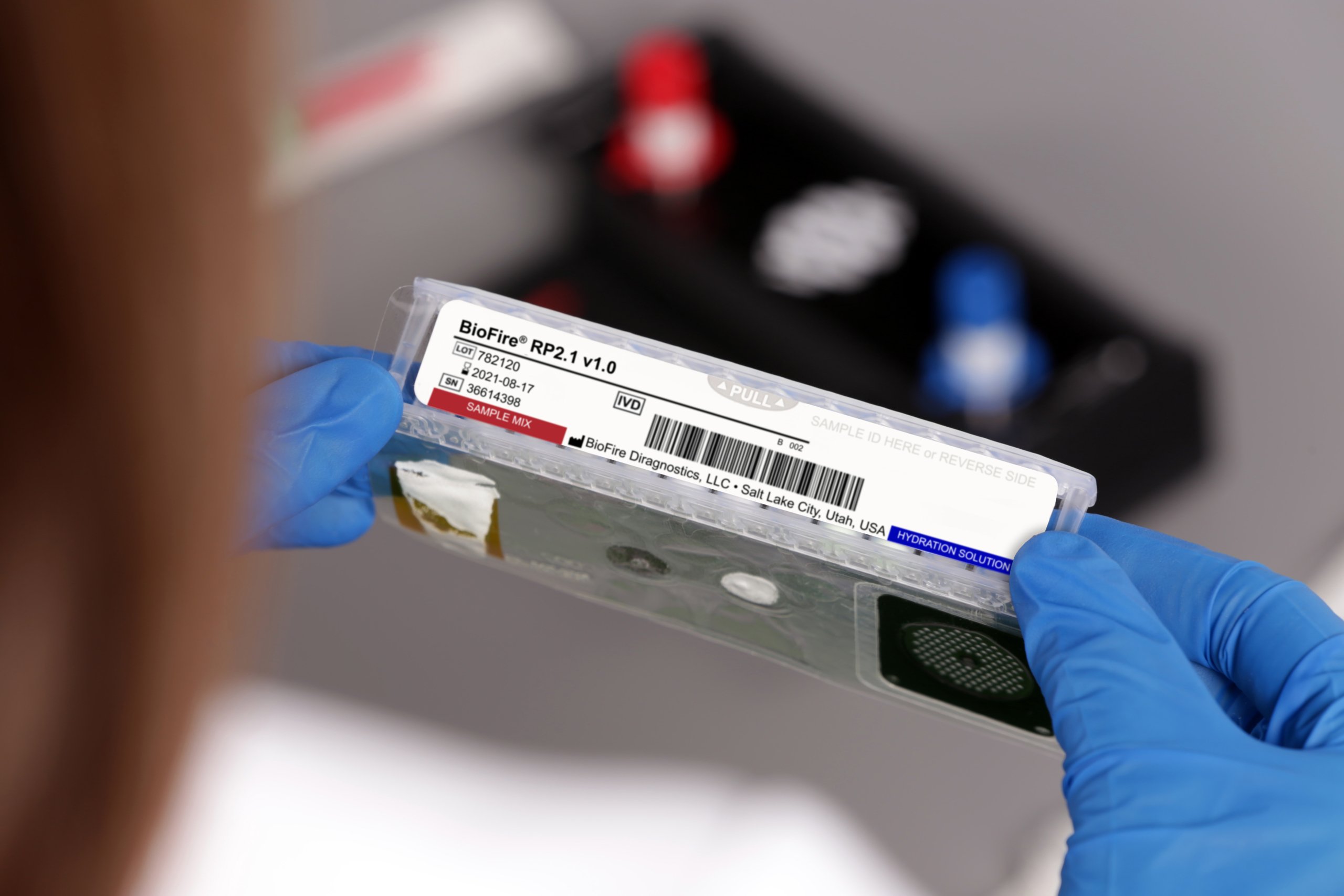- Respiratory pathogen detection panels revolutionize diagnostic medicine by rapidly and accurately identifying respiratory infections.
- Respiratory pathogen detection panels detect a wide range of pathogens including viruses, bacteria, fungi, and other less common respiratory pathogens.
- These panels use advanced molecular techniques, such as PCR, to detect specific genetic material of respiratory pathogens.
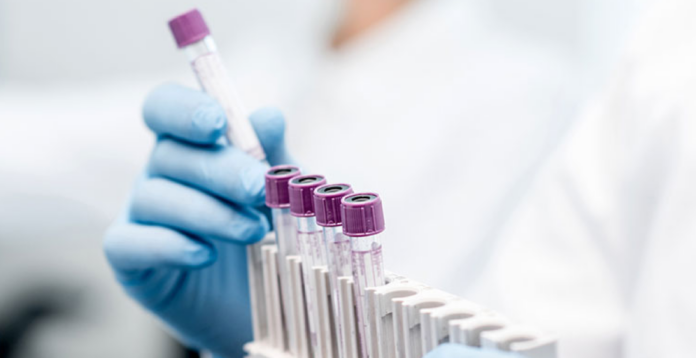
Source: gtmolecular.com - Advantages of respiratory pathogen detection panels include simultaneous detection of multiple pathogens, high sensitivity and specificity, and the ability to detect less common respiratory pathogens.
- Common respiratory pathogens detectable by these panels include influenza viruses, respiratory syncytial virus, rhinovirus, adenovirus, and bacteria like Streptococcus pneumoniae and Haemophilus influenzae.
- Respiratory pathogen detection panels enable early and accurate diagnosis of infections, minimizing the risk of misdiagnosis and inappropriate treatment.
- These panels have an impact on patient management, public health, and infectious disease surveillance.
- When selecting a panel, factors to consider include broad coverage, sensitivity and specificity, and the technology/platform used.
- PCR-based panels are widely used for their sensitivity, specificity, and cost-effectiveness, while NGS-based panels offer a more comprehensive approach.
- Cost-effectiveness and turnaround time are important considerations in choosing a panel.
1. What are Respiratory Pathogen Detection Panels?

Respiratory pathogen detection panel has revolutionized the field of diagnostic medicine, allowing for rapid and accurate identification of infections affecting the respiratory system. These panels are designed to detect and identify a wide range of pathogens, including viruses, bacteria, fungi, and other less common respiratory pathogens.
Understanding the basics of respiratory pathogen detection
Respiratory pathogen detection involves the analysis of respiratory specimens, such as nasopharyngeal swabs or sputum samples, to identify the presence of various microorganisms that can cause respiratory infections. Traditional methods of detection, such as culture-based techniques, can be time-consuming and may not accurately identify all pathogens. In contrast, respiratory pathogen detection panels utilize advanced molecular techniques, such as polymerase chain reaction (PCR) or nucleic acid amplification, to detect and identify specific genetic material of respiratory pathogens.
How respiratory pathogen detection panels work
Respiratory pathogen detection panels typically consist of a panel of primers and probes that are specific to the genetic material of different respiratory pathogens. These primers and probes bind to the targeted genetic material present in the respiratory specimen and, if the pathogen is present, the panel will generate a positive signal. This signal is then analyzed by the detection system to determine the presence or absence of the pathogen. The whole process is automated and can provide results within a few hours, allowing for timely diagnosis and appropriate patient management.
Advantages of using respiratory pathogen detection panels
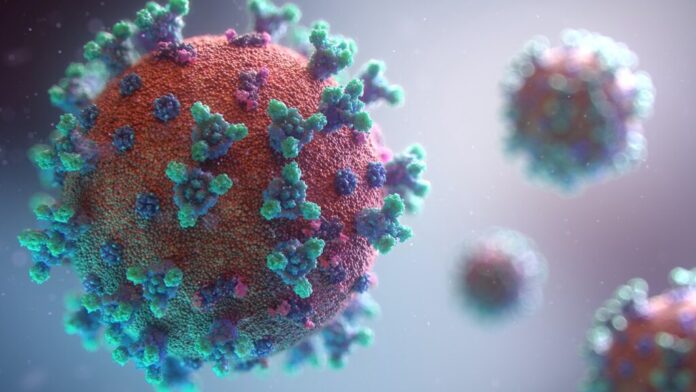
The use of respiratory pathogen detection panels offers several advantages over traditional diagnostic methods. Firstly, these panels provide a comprehensive and simultaneous detection of multiple respiratory pathogens, which can help guide appropriate treatment decisions. They can detect a wide range of viruses, including influenza, respiratory syncytial virus (RSV), rhinovirus, adenovirus, and coronaviruses, such as SARS-CoV-2. Additionally, bacterial pathogens, such as Streptococcus pneumoniae and Haemophilus influenzae, can also be detected. Furthermore, these panels can identify less common respiratory pathogens, including fungi and atypical bacteria, which may be missed by other diagnostic methods.
Another advantage of respiratory pathogen detection panels is their high sensitivity and specificity. These panels have been extensively validated and have shown excellent accuracy in detecting respiratory pathogens. This allows for early and accurate diagnosis, which is crucial in preventing the spread of infectious diseases and initiating appropriate treatment.
2. Common Respiratory Pathogens Detected
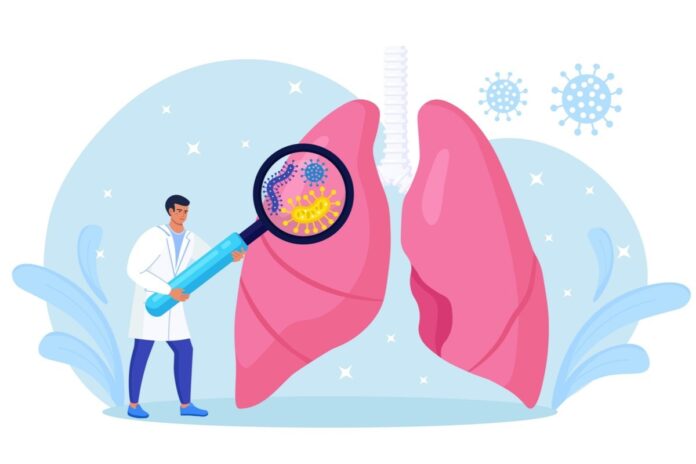
The most prevalent respiratory viruses
Respiratory viruses are a major cause of respiratory infections, ranging from mild common colds to severe respiratory illnesses, such as pneumonia. Common respiratory viruses that can be detected using respiratory pathogen detection panels include influenza viruses, respiratory syncytial virus (RSV), rhinovirus, adenovirus, and coronaviruses.
Influenza viruses are among the most frequently detected respiratory viruses. They are responsible for seasonal flu outbreaks and can cause severe complications, especially in young children, older adults, and individuals with underlying health conditions. Respiratory pathogen detection panels can identify different strains of influenza viruses, allowing for targeted antiviral treatment and surveillance of circulating strains.
Bacterial pathogens that can be detected

While respiratory viruses are the most common cause of respiratory infections, bacterial pathogens can also contribute to the development of respiratory illnesses. Bacteria such as Streptococcus pneumoniae, Haemophilus influenzae, and Bordetella pertussis can be detected using respiratory pathogen detection panels.
Streptococcus pneumoniae is a leading cause of bacterial pneumonia, meningitis, and otitis media. Haemophilus influenzae, on the other hand, can cause respiratory tract infections, such as bronchitis and pneumonia. Bordetella pertussis is responsible for whooping cough, a highly contagious respiratory infection that can be severe, especially in infants.
Fungal and other less common respiratory pathogens
In addition to viruses and bacteria, respiratory pathogen detection panels can also detect fungal pathogens, such as Aspergillus and Candida species, which can cause respiratory infections in immunocompromised individuals. Other less common respiratory pathogens that can be identified include atypical bacteria like Mycoplasma pneumoniae and Legionella pneumophila.
3. Benefits of Respiratory Pathogen Detection Panels

Early and accurate diagnosis of respiratory infections
One of the key benefits of using respiratory pathogen detection panels is the ability to achieve early and accurate diagnosis of respiratory infections. Traditional diagnostic methods, such as culture-based techniques, can take several days to provide results, leading to delayed diagnosis and treatment initiation. In contrast, respiratory pathogen detection panels can rapidly identify the causative pathogens, allowing for timely interventions and better patient outcomes.
By detecting the specific respiratory pathogen responsible for the infection, healthcare providers can tailor their treatment strategies accordingly. For example, in the case of viral infections, antiviral medications may be prescribed, whereas bacterial infections may require antibiotics. This targeted approach not only improves patient care but also helps in avoiding the unnecessary use of antibiotics, thereby reducing the risk of antibiotic resistance.
Minimizing the risk of misdiagnosis and inappropriate treatment
Misdiagnosis and inappropriate treatment are common issues in the management of respiratory infections. Symptoms of respiratory illnesses can be similar, making it challenging to differentiate between viral and bacterial infections based solely on clinical presentation.
Respiratory pathogen detection panels can help overcome this challenge by providing accurate and objective diagnostic information.
By identifying the specific pathogens causing the infection, healthcare providers can ensure appropriate treatment is initiated, avoiding the unnecessary use of antimicrobial agents when the infection is viral in nature. This not only reduces the risk of adverse events associated with unnecessary treatments but also helps in preserving the effectiveness of antibiotics for bacterial infections.
Impact on patient management and public health
The use of respiratory pathogen detection panels has a significant impact on patient management and public health. Rapid and accurate diagnosis allows for prompt implementation of infection prevention and control measures, preventing the spread of respiratory pathogens within healthcare settings and the community.
Furthermore, respiratory pathogen detection panels play a crucial role in infectious disease surveillance. By tracking the prevalence of specific respiratory pathogens, public health officials can identify outbreaks, monitor trends, and develop effective strategies for infection control and prevention.
4. Choosing the Right Respiratory Pathogen Detection Panel

Factors to consider when selecting a detection panel
When selecting a respiratory pathogen detection panel, several factors should be taken into consideration. Firstly, the panel should have a broad coverage, capable of detecting a wide range of respiratory pathogens, including both viruses and bacteria. A comprehensive panel ensures that no potential pathogen is missed, allowing for accurate diagnosis and appropriate treatment.
Additionally, the sensitivity and specificity of the panel are crucial factors to consider. High sensitivity ensures that even low levels of pathogens can be detected, while high specificity minimizes false-positive results. Both these factors contribute to the overall accuracy of the panel.
Comparison of different panel technologies and platforms
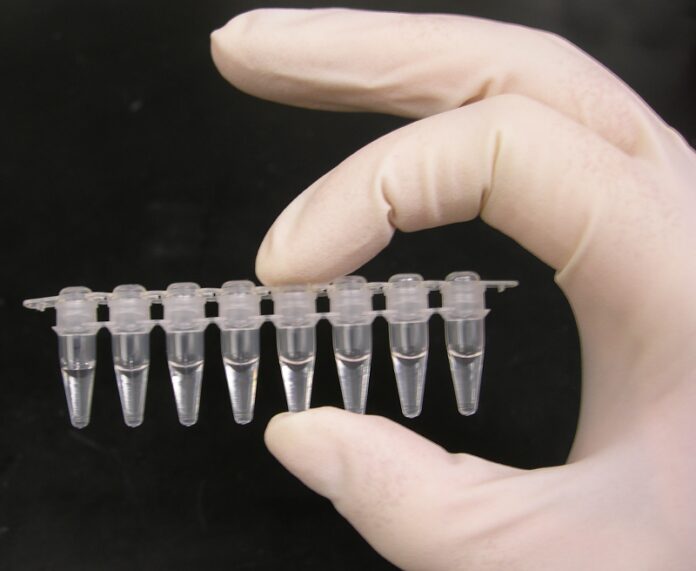
Respiratory pathogen detection panels can be based on different technologies and platforms. Some panels utilize PCR-based methods, while others may use next-generation sequencing (NGS) technologies. Each technology has its advantages and limitations, and the choice of the platform depends on factors such as throughput, cost, and laboratory infrastructure.
PCR-based panels are widely used due to their high sensitivity, specificity, and relatively lower cost. NGS-based panels, on the other hand, offer a more comprehensive approach, allowing for the detection of known and novel respiratory pathogens. However, NGS panels can be more expensive and require specialized bioinformatics expertise for data analysis.
Cost-effectiveness and turnaround time of different panels
Cost-effectiveness and turnaround time are important considerations when choosing a respiratory pathogen detection panel. PCR-based panels are generally more cost-effective, with shorter turnaround times compared to NGS-based panels. However, the cost-effectiveness also depends on the frequency of testing and the number of pathogens included in the panel.
It is essential to balance the need for rapid results with cost considerations and laboratory resources. Some laboratories may opt for in-house panels, while others may choose to outsource testing to reference laboratories that offer respiratory pathogen detection services.
FAQ
Question: What are Respiratory Pathogen Detection Panels?
Answer: Respiratory pathogen detection panels have revolutionized the field of diagnostic medicine, allowing for rapid and accurate identification of infections affecting the respiratory system. These panels are designed to detect and identify a wide range of pathogens, including viruses, bacteria, fungi, and other less common respiratory pathogens.
Question: What common respiratory pathogens can be detected?
Answer: Common respiratory viruses that can be detected using respiratory pathogen detection panels include influenza viruses, respiratory syncytial virus (RSV), rhinovirus, adenovirus, and coronaviruses. Bacterial pathogens such as Streptococcus pneumoniae, Haemophilus influenzae, and Bordetella pertussis can also be detected. Less common respiratory pathogens that can be identified include fungi and atypical bacteria such as Mycoplasma pneumoniae and Legionella pneumophila.
Question: What are the benefits of using Respiratory Pathogen Detection Panels?
Answer: The use of respiratory pathogen detection panels allows for early and accurate diagnosis of respiratory infections, leading to timely interventions and better patient outcomes. These panels also minimize the risk of misdiagnosis and inappropriate treatment by providing accurate and objective diagnostic information. In addition, respiratory pathogen detection panels have a significant impact on patient management and public health by enabling prompt implementation of infection prevention and control measures and aiding in infectious disease surveillance.
Question: How do I choose the right Respiratory Pathogen Detection Panel?
Answer: When selecting a respiratory pathogen detection panel, factors to consider include broad coverage, sensitivity and specificity, and the technology/platform used. The panel should be capable of detecting a wide range of respiratory pathogens, have high sensitivity and specificity, and be suitable for the laboratory infrastructure. PCR-based panels are widely used for their sensitivity, specificity, and cost-effectiveness, while NGS-based panels offer a more comprehensive approach. Cost-effectiveness and turnaround time are also important considerations in choosing a panel.

